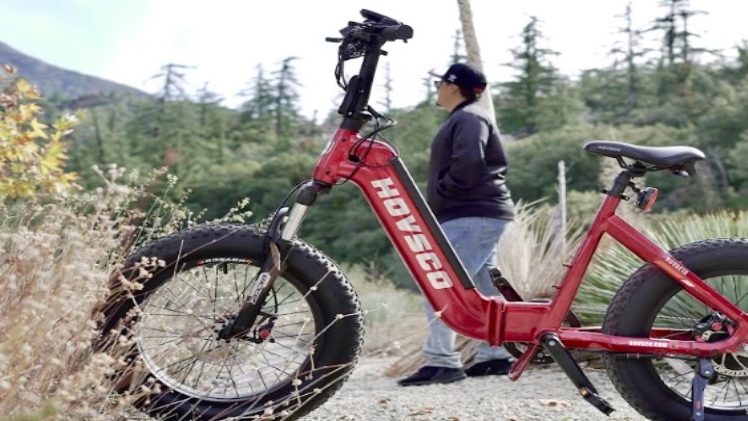One of the most significant advantages of e-bikes is their ability to provide riders with an extra power boost, allowing them to reach higher speeds with less effort. However, it’s important to understand that not all e-bikes are created equal when it comes to speed. In fact, e-bikes are classified into three categories based on their maximum speed capabilities: Class 1, Class 2, and Class 3.
Class 1 eBikes
Class 1 e-bikes are the most common type of e-bike on the market and are also the most versatile. These e-bikes have a motor that provides pedal assistance up to a maximum speed of 20 mph. This means that riders can still enjoy the benefits of an e-bike without worrying about excessive speed. Class 1 e-bikes are also allowed on most bike paths and lanes, making them a popular choice for commuters and recreational riders.
Class 2 eBikes
Class 2 e-bikes are similar to Class 1 e-bikes, but they are equipped with a throttle in addition to the pedal-assist motor. This means that riders can choose to use the throttle to propel the bike up to a maximum speed of 20 mph, or they can rely on the pedal-assist motor for an extra boost. Class 2 e-bikes are also allowed on most bike paths and lanes, but some cities and states may have additional regulations restricting their use.
Class 3 eBikes
Class 3 e-bikes, also known as speed pedelecs, are the fastest type of e-bike available. These bikes have a motor that provides pedal assistance up to a maximum speed of 28 mph. Because of their higher speed capabilities, Class 3 e-bikes are typically not allowed on bike paths or lanes. They may be subject to additional regulations and licensing requirements in some areas.
Factors to Consider When Choosing the Speed of an Electric Bike?
Electric bikes, or e-bikes, have revolutionized the way we commute, exercise, and explore. They provide an efficient and eco-friendly alternative to traditional bikes and cars, and with their added pedal-assist or throttle features, e-bikes can help riders achieve incredible speeds with less effort. Choosing the right speed for your electric bike depends on various factors such as purpose, local regulations, terrain, skill level, and budget. For example, if you are commuting to work or running errands, a Class 1 e-bike with a maximum speed of 20 mph is suitable, while if you are a recreational rider who wants to explore trails and off-road terrain, a Class 3 electrical bike with 28 mph may be more appropriate. It’s essential to check the rules in your area before choosing the speed of your e-bike and also to consider your skill level and budget.
Final Words
Whether you’re commuting to work, running errands, or exploring off-road terrain, there’s an e-bike speed that’s suitable for you. It’s also important to check the rules and regulations in your area regarding e-bike speed limits to avoid fines or legal issues. With the right speed and precautions, you can enjoy the benefits of e-biking while staying safe and following the rules.

